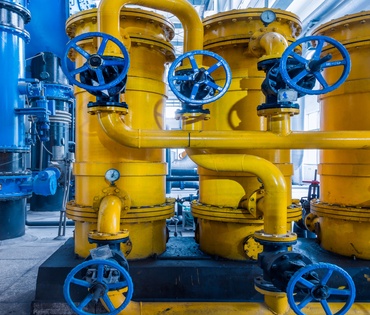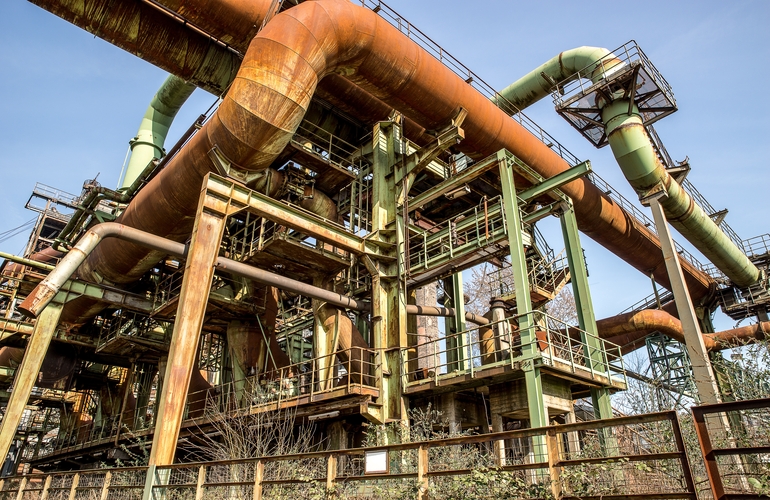Petroleum Piping Engineering is a vital discipline within the oil and gas industry that focuses on the design, layout, fabrication, installation, and maintenance of piping systems used to transport crude oil, natural gas, refined products, and other fluids throughout upstream, midstream, and downstr
Petroleum Piping Engineering
This field ensures safe, efficient, and code-compliant movement of fluids under varying temperatures and pressures in refineries, petrochemical plants, offshore platforms, pipelines, and terminals.Key Focus Areas in Petroleum Piping Engineering
Plot plans, equipment layout, and piping isometrics. Development of Piping and Instrumentation Diagrams (P&ID) and General Arrangement (GA) drawings. 3D modeling using software like AutoCAD Plant 3D, PDMS, SP3D, or CAESAR II.
Pipe Materials and Components:
-
Selection of pipe material based on fluid type, temperature, and pressure.
Types: Carbon steel, stainless steel, alloy steel, duplex, etc. Components: Flanges, elbows, reducers, tees, gaskets, valves, supports.
-
Stress Analysis and Flexibility:
Thermal expansion, vibration, and dynamic loading considerations. Use of software like CAESAR II for pipe stress analysis. Expansion loops, bellows, and spring hangers design. Codes and Standards: ASME B31.3 � Process Piping ASME B31.4 � Pipeline Transportation Systems for Liquids ASME B31.8 � Gas Transmission and Distribution API, ASTM, ANSI, NACE standards for corrosion protection and design
-
Applications in the Oil & Gas Industry:
Refineries and petrochemical plants Offshore platforms and FPSOs Cross-country pipelines and terminals LNG plants and gas processing facilities


